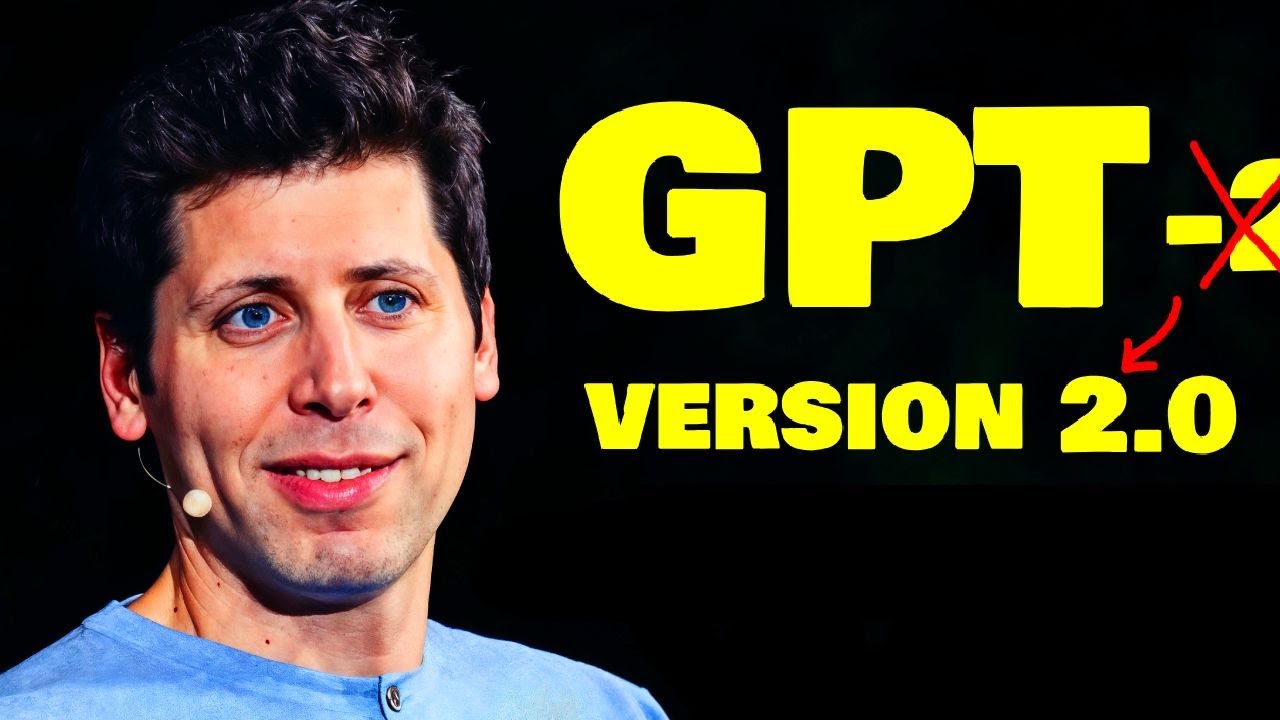The text discusses recent advancements in AI, focusing on OpenAI’s GPT-2 model and its impressive capabilities, as well as the debate surrounding AI regulations in California. It also touches on the Effective Altruism movement, raising concerns about potential misleading actions by certain organizations and highlighting the complexities of AI safety, ethical considerations, and regulatory implications.
The text discusses recent developments in the AI field, particularly focusing on OpenAI’s new GPT-2 model and its capabilities. The author highlights how the GPT-2 model has impressed many with its reasoning abilities and problem-solving skills, such as answering challenging AI questions and solving complex math problems. Additionally, the text touches on the use of synthetic data to train smaller models effectively, showcasing advancements in AI research.
Furthermore, the conversation shifts towards the debate surrounding AI regulations, particularly in California, where a bill is proposed to regulate AI capabilities and ensure safety measures are in place. The text delves into differing opinions on the bill, with experts like Geoffrey Hinton and Yoshua Bengio supporting the legislation for responsible AI innovation, while others criticize it for potentially hindering startups and open-source development.
The narrative then delves into the Effective Altruism (EA) movement, shedding light on how some individuals within the EA community may have misled donors by emphasizing global poverty alleviation while being more focused on AI risk mitigation internally. The text reveals a possible bait-and-switch strategy employed by certain organizations within the EA movement, leading some to question the true intentions behind their actions.
Moreover, the text discusses the concept of AI safety and the significant donations made towards organizations advocating for AI safety measures. It raises questions about the underlying motives behind such actions, pondering whether these efforts are genuinely aimed at benefiting humanity or if there are ulterior motives of gaining control or financial gain. The text also touches on instances of jailbreaking the GPT-2 model, showcasing the technical capabilities of individuals in manipulating AI models.
In conclusion, the text prompts readers to reflect on the complexities of AI development, safety regulations, and ethical considerations within the field. It encourages critical thinking about the intersection of AI advancements, societal impact, and the potential implications of regulatory measures on innovation and open-source initiatives. The multifaceted nature of AI governance, coupled with ethical dilemmas and technological breakthroughs, underscores the need for a balanced approach towards AI development and regulation.
